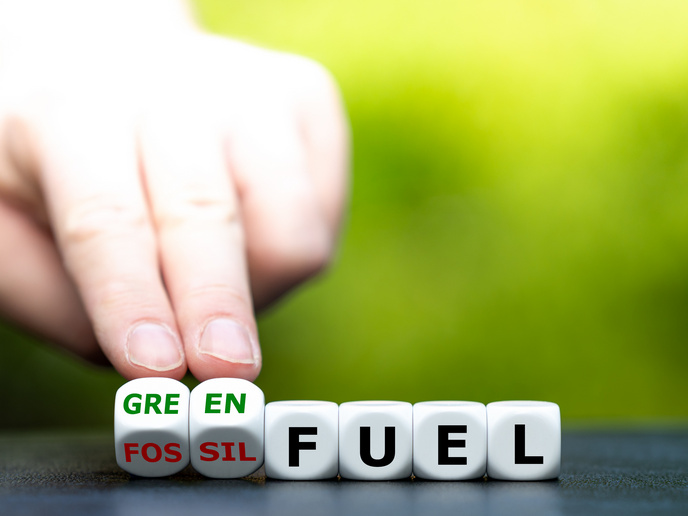High alkali biomass fuel reactions in combustion gas-phase conditions
In an attempt to understand and prevent potential SO2 emissions and ash generation process in straw fired grate boilers caused by alkali biomass fuels, scientists developed the HIAL work package. This work package elaborated a reaction mechanism to test how these fuels react during their combustion in gas-phase conditions. This reaction mechanism would be coupled with numerical simulations of homogeneous combustion, stirred reactors and laminar flat flames with the purpose to investigate combustion chemistry. Within this reaction mechanism, a sub-mechanism related to C/H/O chemistry was updated and tested using highly specialized scientific data and methods. In addition, a second sub-mechanism was developed to depict the degradation of potassium chloride and its reaction products in combustion systems. A total of 97 different straw species from different European countries and 521 reversible reactions were involved in these experiments to describe the combustion of typical straw pyrolysis products. The importance of the present research for scientists is to spread the notion that reaction mechanisms will help to better understand alkali chemistry. This will enable the development of primary measures for grate firing in order to achieve SO2 emissions below 200mg/Nm³ without the need to install flue gas desulphurisation units (FGD). By changing the operational parameters properly, aiming to capture SO2 in the bottom and fly ash, alkali induced corrosion attacks may be eliminated, allowing a more reliable operation and increase of straw share in co-combustion processes.







